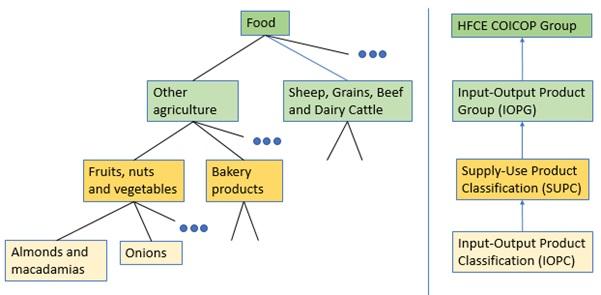The Australian Bureau of Statistics (ABS) has been collecting ‘point of sale’ systems data from supermarkets, otherwise known as “scanner data” or "transactions data", since 2011. The main use of scanner data in the ABS has been in the compilation of the Consumer Price Index (CPI). This paper outlines methods relating to quarterly experimental Food estimates based on supermarket scanner data for the 5206.0 National Accounts publication. The paper also demonstrates the potential scanner data has for official statistics due to its coverage, frequency, and granularity.
The paper details how scanner data will be used to produce current price and volume estimates of food consumption for the National Accounts. Additionally, the paper assesses the quality and success of these methods against the ABS Data Quality Framework and outlines how this data will be incorporated into future National Accounts releases.
Authors (alphabetical order): Rishab Babji, Ashleigh Kidd, Sameer Nawaz and Andy Peisker
National Accounts Branch, Macroeconomic Statistics
The ABS welcomes comments and suggestions from readers. To provide feedback, please email national.accounts@abs.gov.au.



